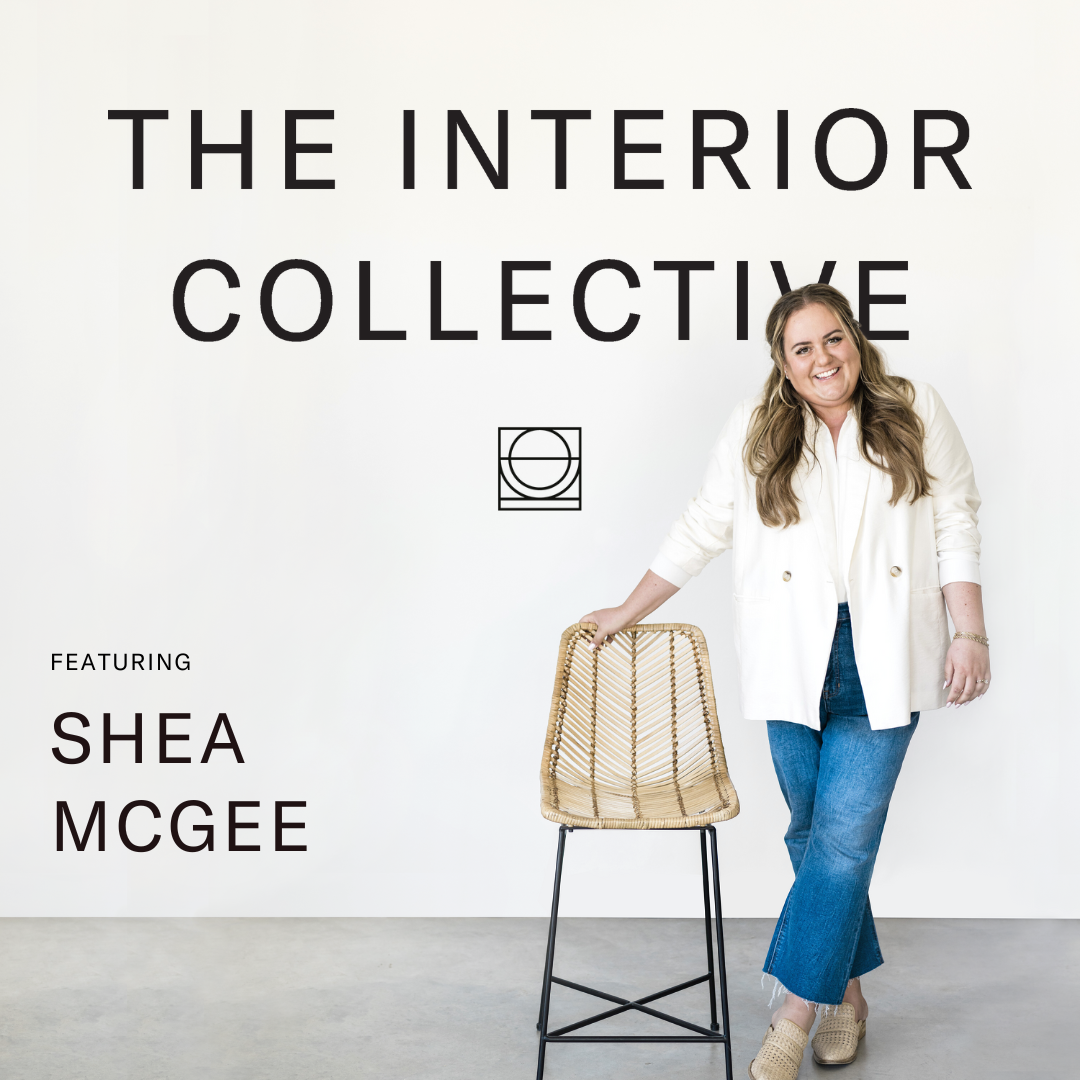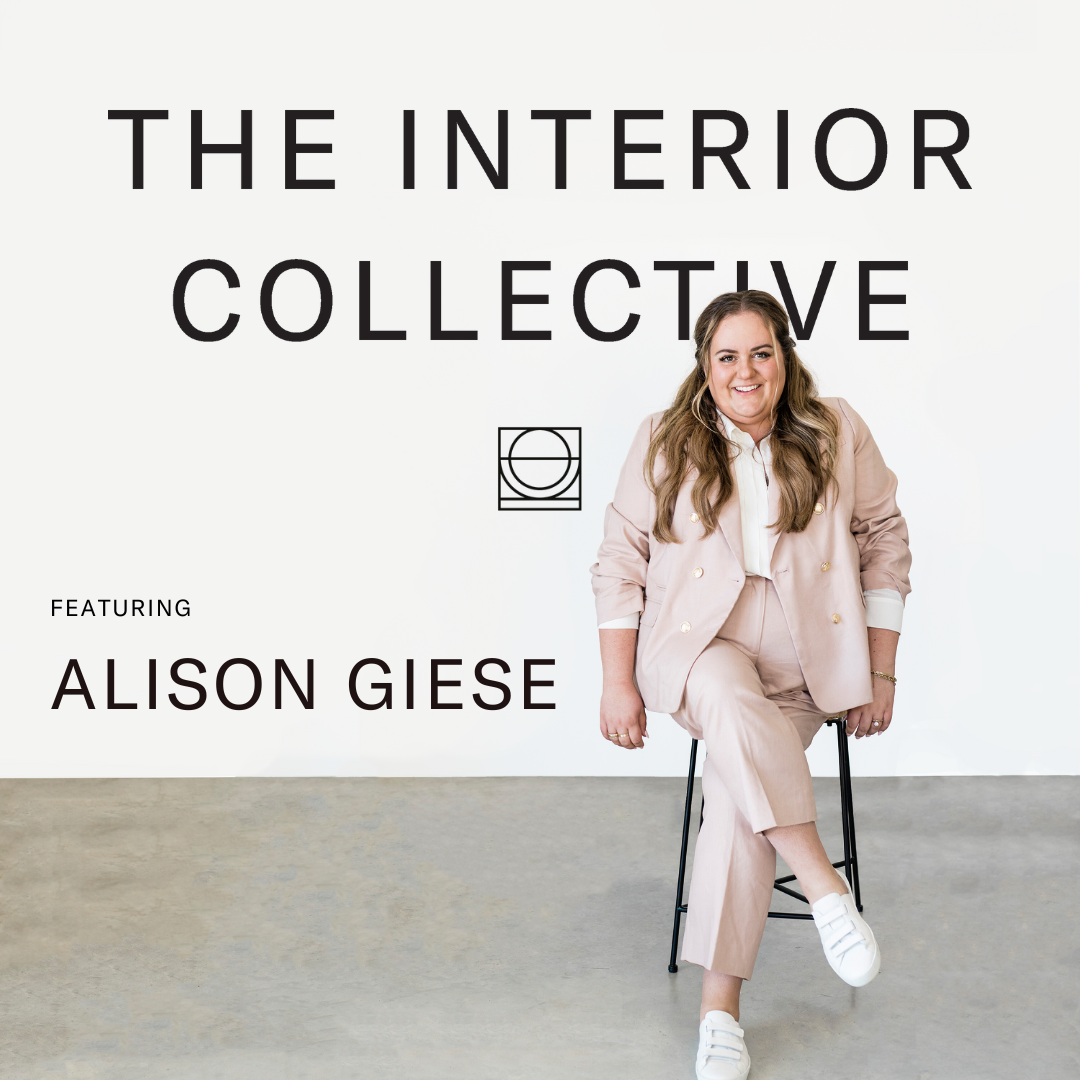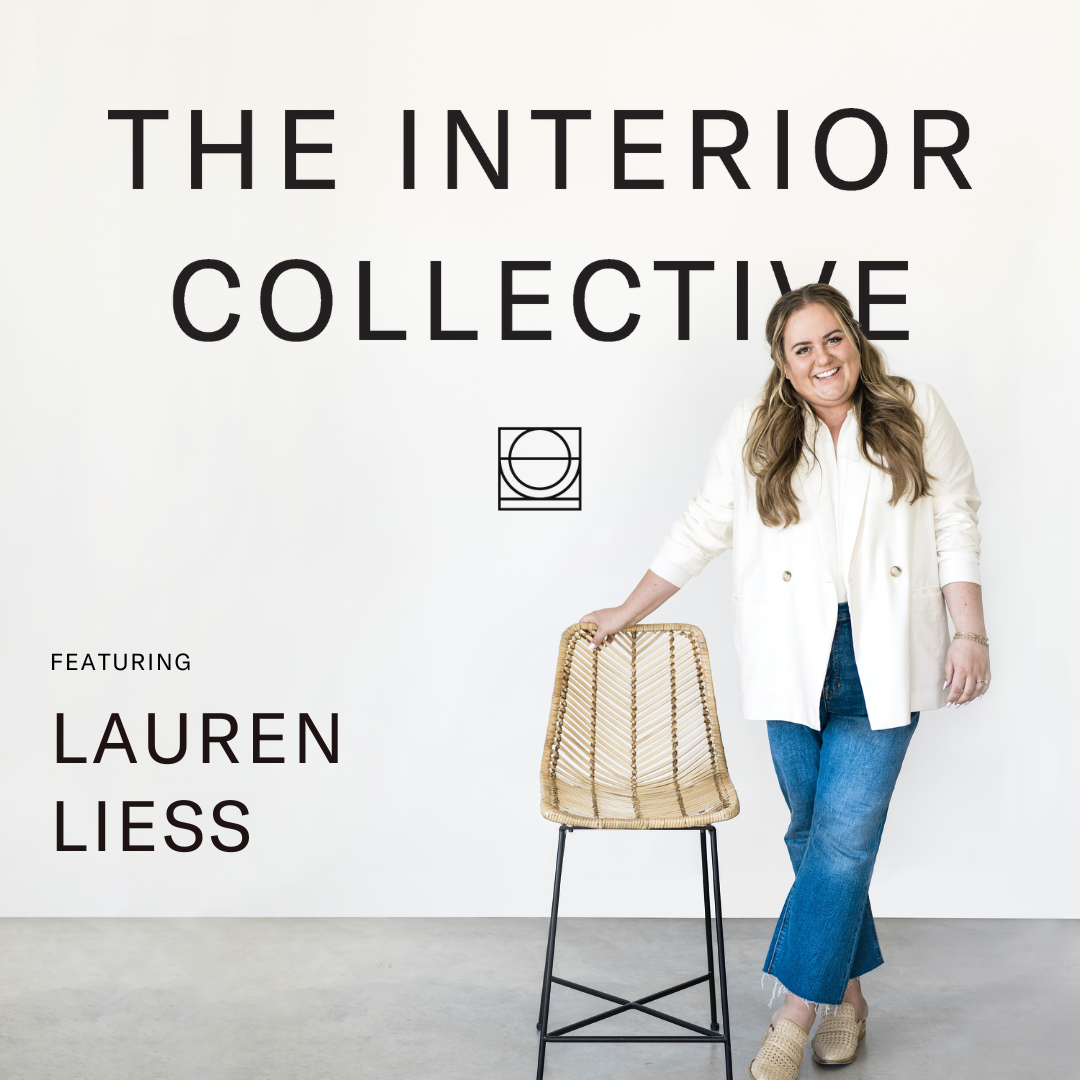Season 6 of The Interior Collective is brought to you by Materio.
An operating system built specifically for design projects—from start to finish. That’s what Materio is.
From concept to handoff, client billing to procurement—it’s one connected workflow. Try it for free.
It’s intuitive. It’s fast. The Interior Collective listeners get 50% off their first month. Just head to getmaterio.com to claim the offer.
Subscribe now at patreon.com/theinteriorcollective
Interior Design Service Agreement at IDCO Studio
Welcome back to The Interior Collective Podcast, where we dive deep into the business of interior design. I’m your host, Anastasia Casey, and today, we’re exploring one of the most critical aspects of a successful design project: client touchpoints. From the initial consultation to the final styling, how do you structure your process to keep clients informed, engaged, and—most importantly—confident in your vision?
To help us break it all down, I’m joined by the incredibly talented Susannah Holmberg. With over 13 years of experience, Susannah has built a design practice rooted in both fine art and interior design, crafting spaces that are highly customized, deeply intentional, and timelessly beautiful. Her work has been featured in Architectural Digest, Elle Decor, Domino, and more, and today, she’s here to share her insights on sequencing a design into clear phases—what those client touchpoints should look like, and what to cover in each.
After 10 years of running my own creative studio, client touchpoints continue to be something we work on refining, implementing, and increasing in order to improve our client experience. If you’ve ever struggled with keeping interior design clients aligned, setting expectations, or simply creating a seamless design process, this episode is for you. Let’s get started.

This highly anticipated episode of The Interior Collective digs deep into Shea McGee's blueprints for strategic growth, practices for productivity, and insights on incorporating...

Alison Giese: Interior Design As Your 2nd(+) Career Episode Details. Oftentimes the path to success isn’t linear and it might take a little longer...

The line between interior designer and lifestyle influencer is a fine one. The Lauren Liess brand has expanded from Interior Design Studio to include...